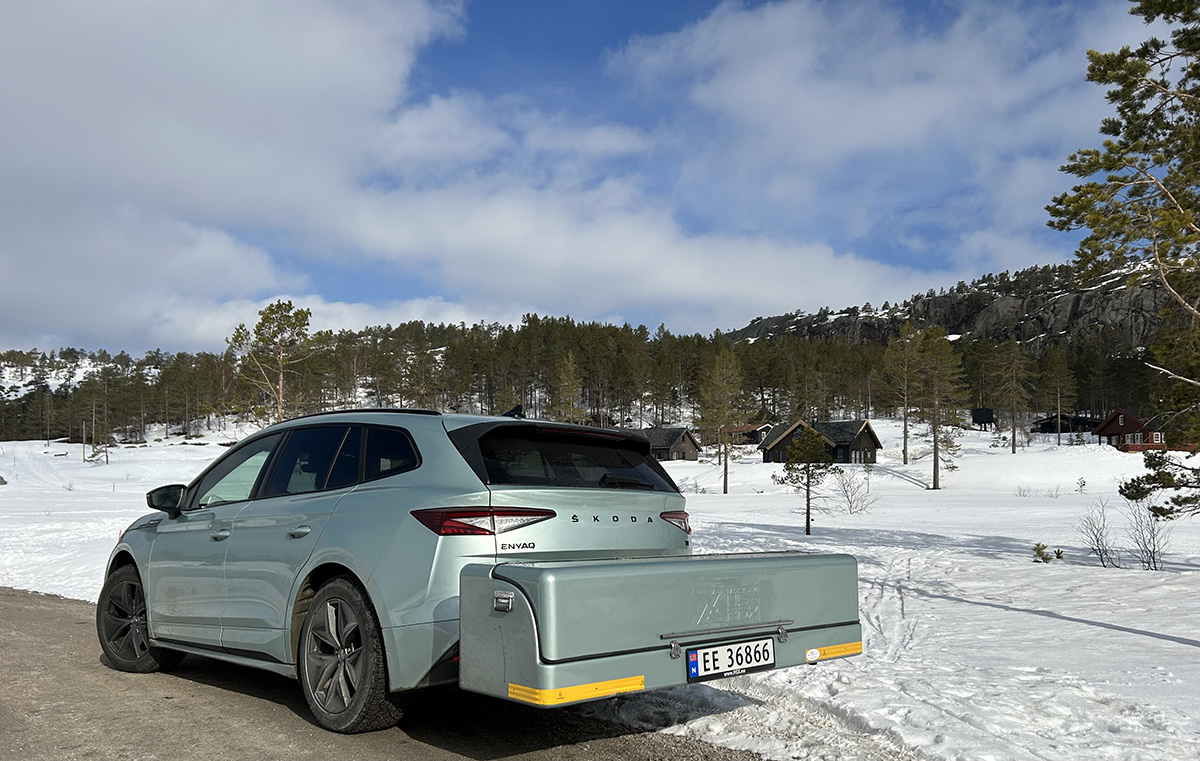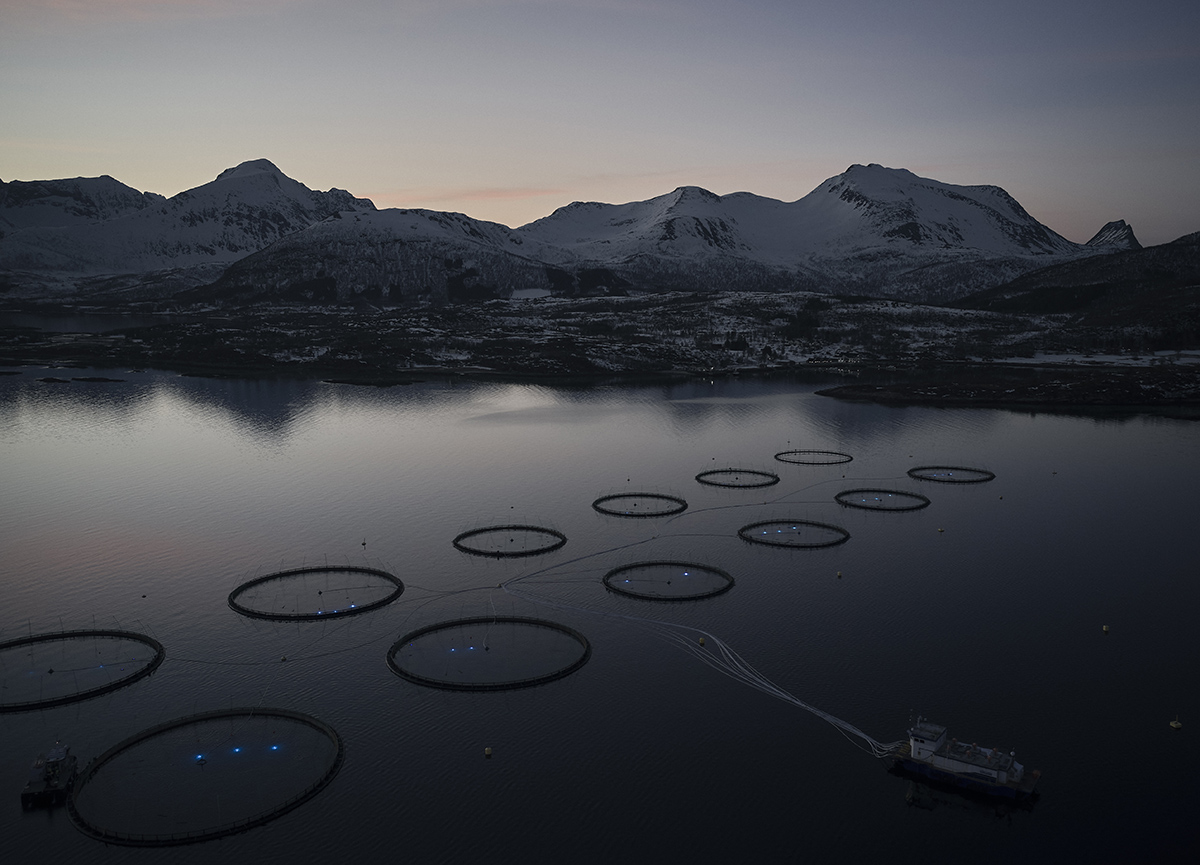Danish Technological Institute: What’s for dinner?
Text: Signe Hansen | Photos: Danish Technological Institute
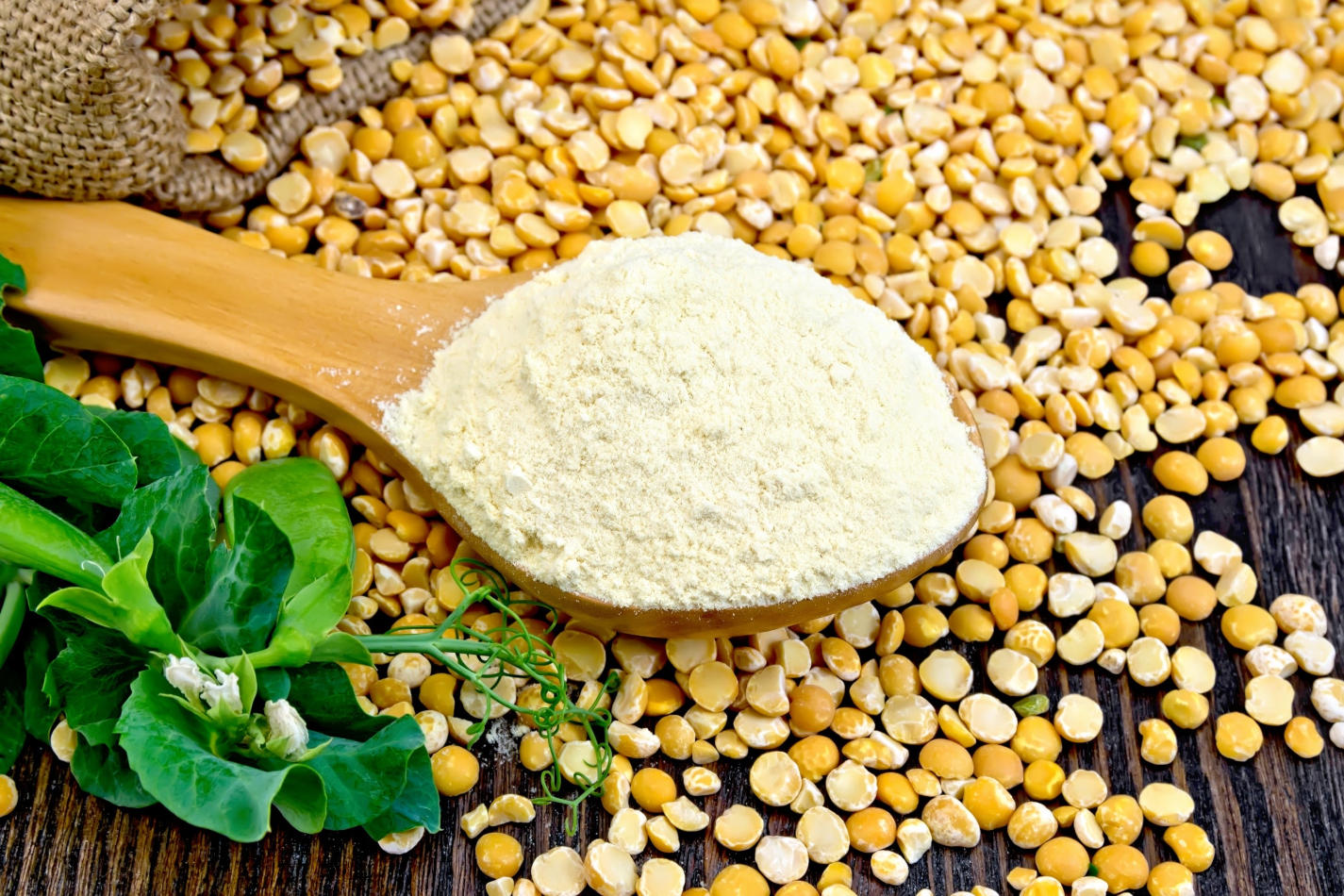
The protein from peas, for instance, can be extracted and kneaded into complete meat-like products such as mince and burgers.
A bug biscuit, a microalgae muffin, or a plant-based burger – the increasing strain on our planet means that, in the future, we will have to get our protein from less land- and resource-demanding sources. At Danish Technological Institute (DTI), researchers are looking into a host of possible food innovations, from CO2-absorbing microalgae to waste-consuming mealworms.
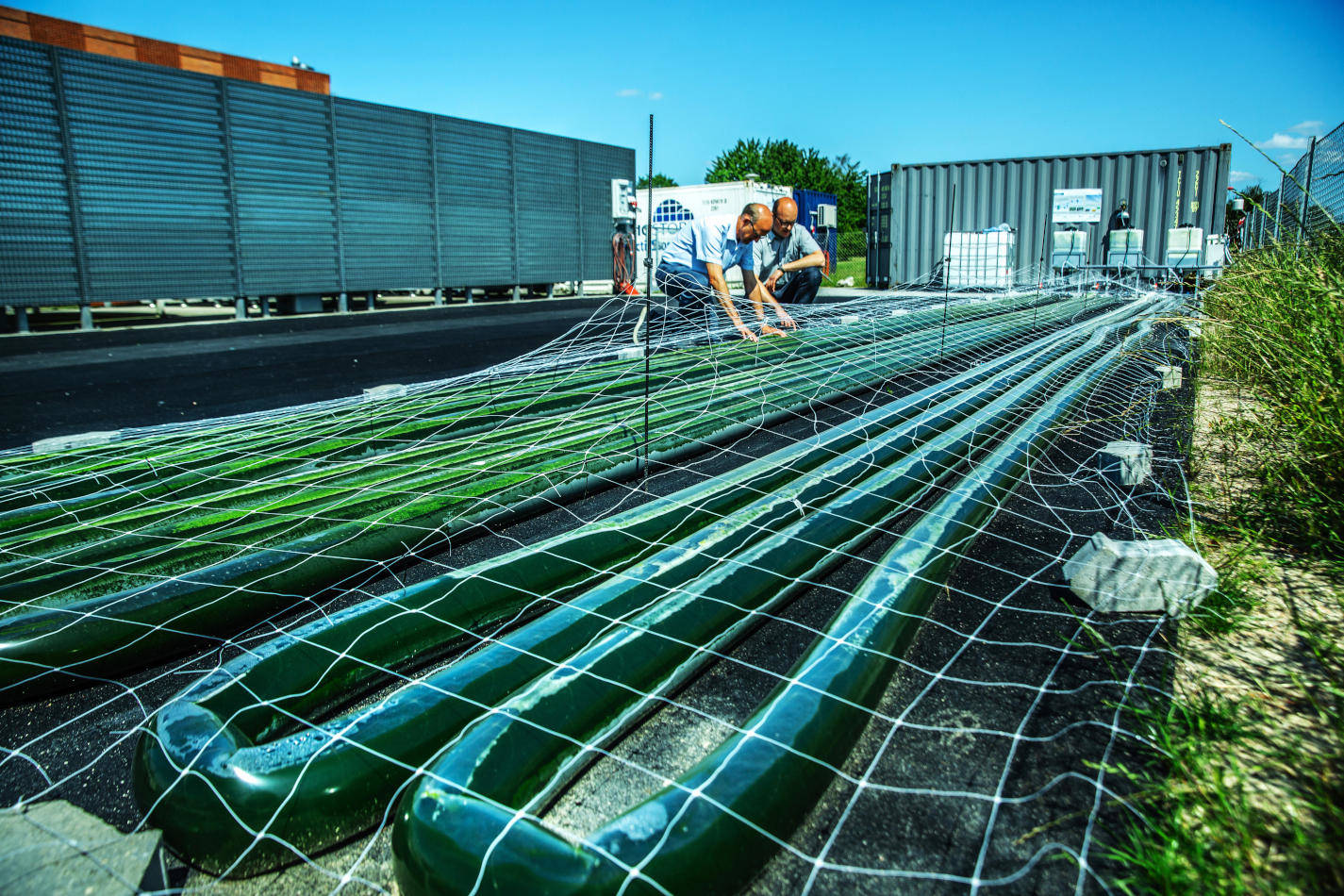
Mealworm and microalgae might not sound like anyone’s first choice for dinner, but being local, cultivated from food by-products, and full of protein, they are two possible food sources that offer a solution to the three major issues facing the food industry today: the CO2 produced by the meat industry; the amount of land required to meet the continuously growing demand for protein; and the large amount of waste at all stages of the food chain. Rethinking the food processes to transform CO2 and waste into food production and creating new sources of protein can help prevent the serious consequences of continuing business as usual. “It’s a fact that if you source protein through meat, it will take up five times as much space as if you source it from plants directly,” says head of innovation at DTI, Anne Maria Hansen. “But if you are to live on a plant-based diet, you need to think more strategically, because most plants don’t have complete proteins. But microalgae and insects do and, if you combine more plant sources, you can create products that combine the amino acids to create a more balanced profile of protein.
DTI is working on doing this with, among other things, peas and beans. These go through different procedures, which extract and knead the protein into complete meat-like products like mince and burgers. The institute is also looking at cultivating microalgae and insects for food consumption, both products that can be cultivated on side stream products such as CO2 and food waste.
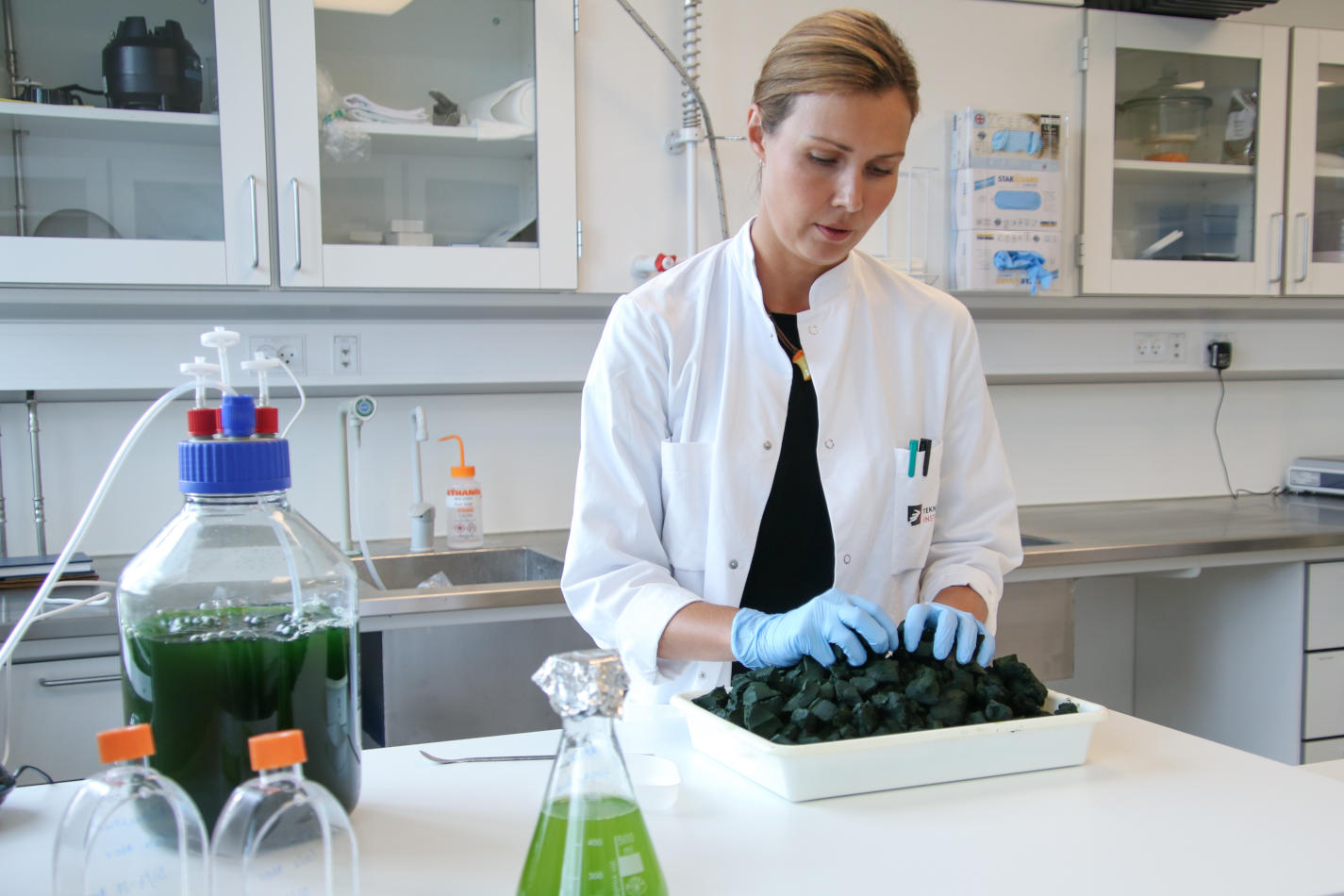
Absorbing CO2
The food and drink industries have numerous side stream products, from the large amount of quickly decomposing spent grain left over in beer production to the biogas created in farm waste. Currently, DTI is experimenting with the cultivation of a type of microalgae, which, as they are cultivated in closed systems exposed to light, can capture and grow on the high amount of CO2 in, for instance, biogas, growing faster the more CO2 is pumped through. “The work with microalgae is completely new, and very much in the start-up phase, but if it can be scaled up, it could have great potentials as it’s a plant that absorbs CO2, provides complete proteins and, unlike soya, can be cultivated in Denmark,” explains Hansen. “Of course, we still need to figure out how we can use this, and if it can be incorporated into food products for human consumption, but who knows, maybe in ten years, a microalgae muffin will be a staple at the baker.”
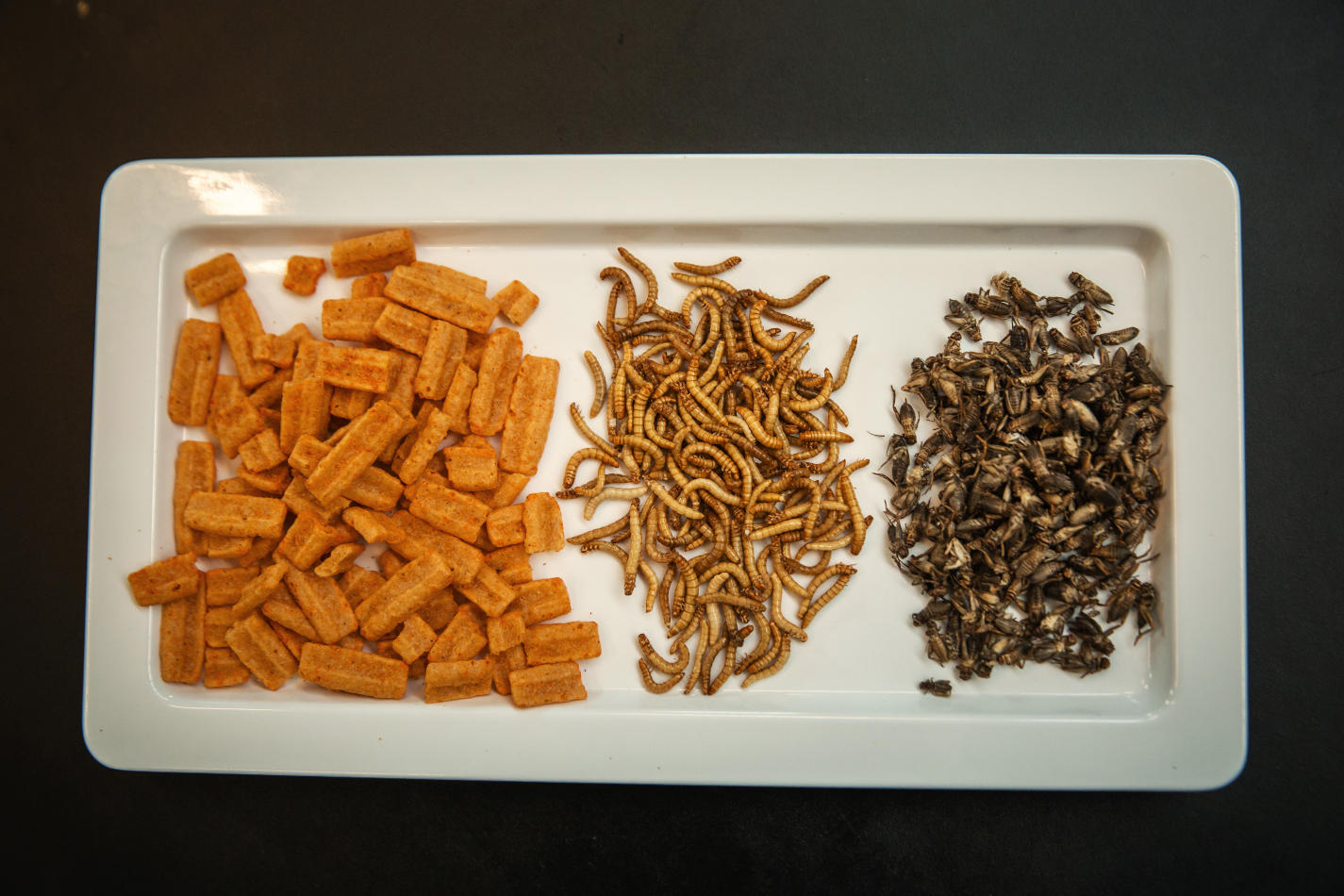
Compared to other plant-based sources of protein grown in Denmark, like wheat or barley, microalgae will require one 20th of the space to produce the same amount of protein. Due to the need to circulate CO2 around in the containers where the microalgae grow, it will, however, require three to four times the energy of other crops – but that is not, says Hansen, necessarily a deal breaker. “Our future challenge will not be energy, because we have plenty of energy from the sun, and we’re becoming better and better at transforming it; it will be space, because we need to maintain or expand the biodiversity we have and provide food for the increasing population, and that’s why something like microalgae could be part of the solution.”
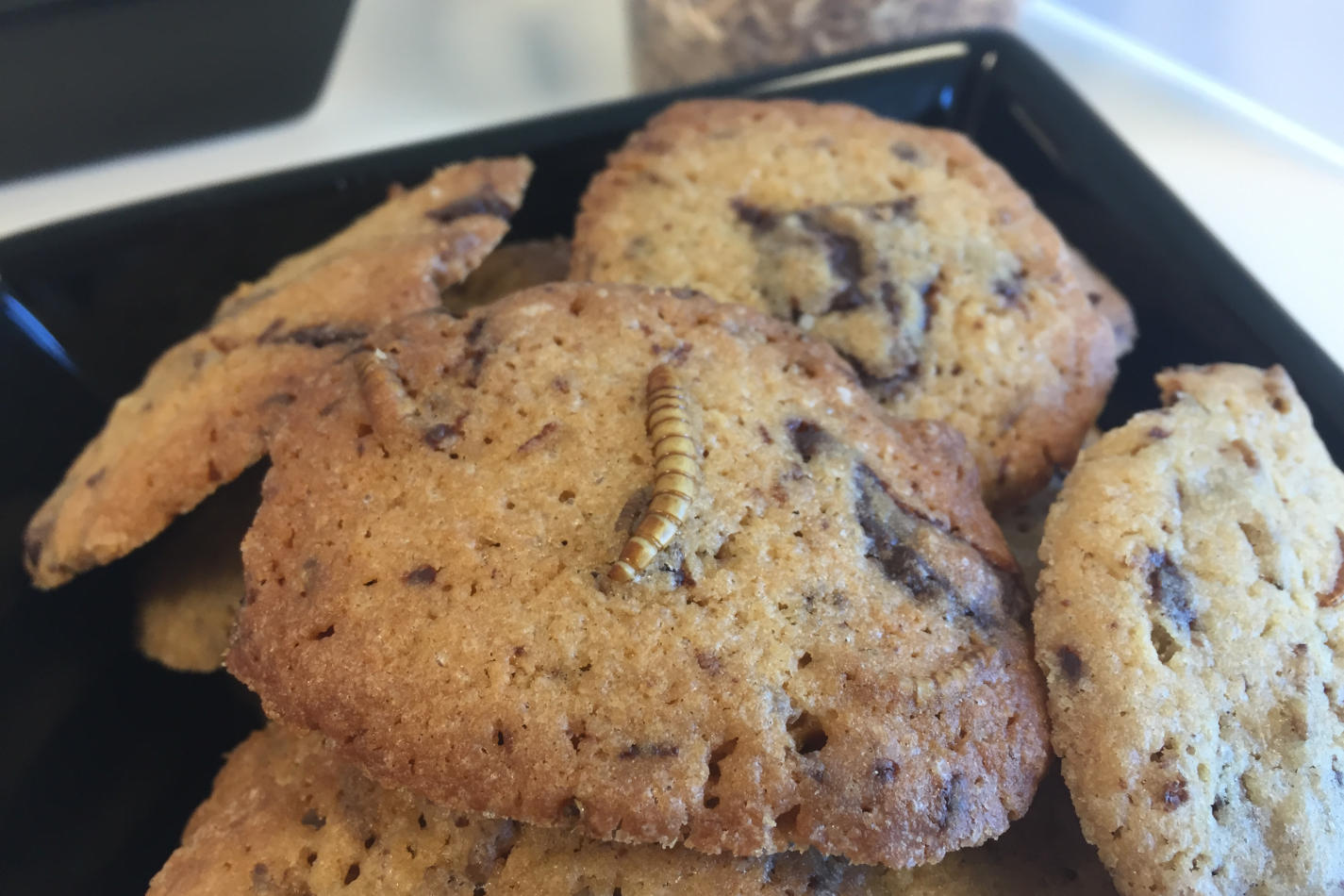
As the world’s population increases, insects may become an essential source of protein.
A bug biscuit
Another area of great focus at the moment is the cultivation of animal sources, which can transfer bio-waste like draft into high-quality protein, namely insects like mealworms. “We have been working with insects for a long time – about ten years – but in recent years, the interest has started to increase, partly because of the growing focus on sustainability,” explains head of food technology, Anne Louise Dannesboe Nielsen. “We’re testing how to cultivate them in stables, what their optimal living conditions are, and how we can use insects in food.”
Among the options being tested is the use of ‘insect flour’ to create protein bars, bread, and biscuits. “I could easily imagine that insect stables will be a regular part of farms in about ten years’ time, especially in Denmark, because many insects need a cool environment to grow, so really it’s just a question of optimising the production with regards to genetics and farming conditions – and the potential use of waste products for feed,” says Nielsen, and rounds off: “I think we will be able to replace a great share of our meat consumption with alternatives like plant mince and insects, but I still think meat will be part of our food culture; it will just be more of a luxury.”
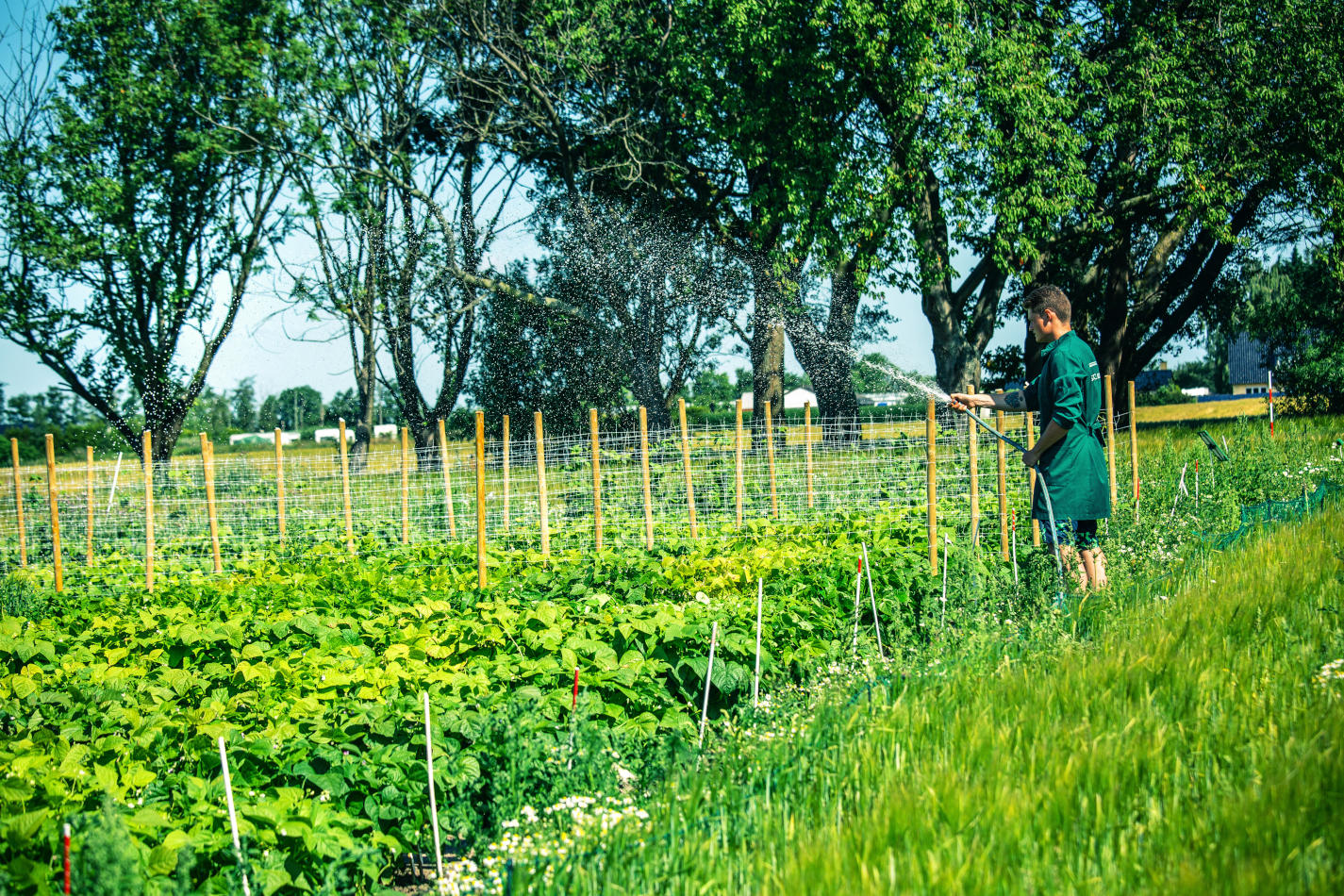
Web: dti.dk
Subscribe to Our Newsletter
Receive our monthly newsletter by email

